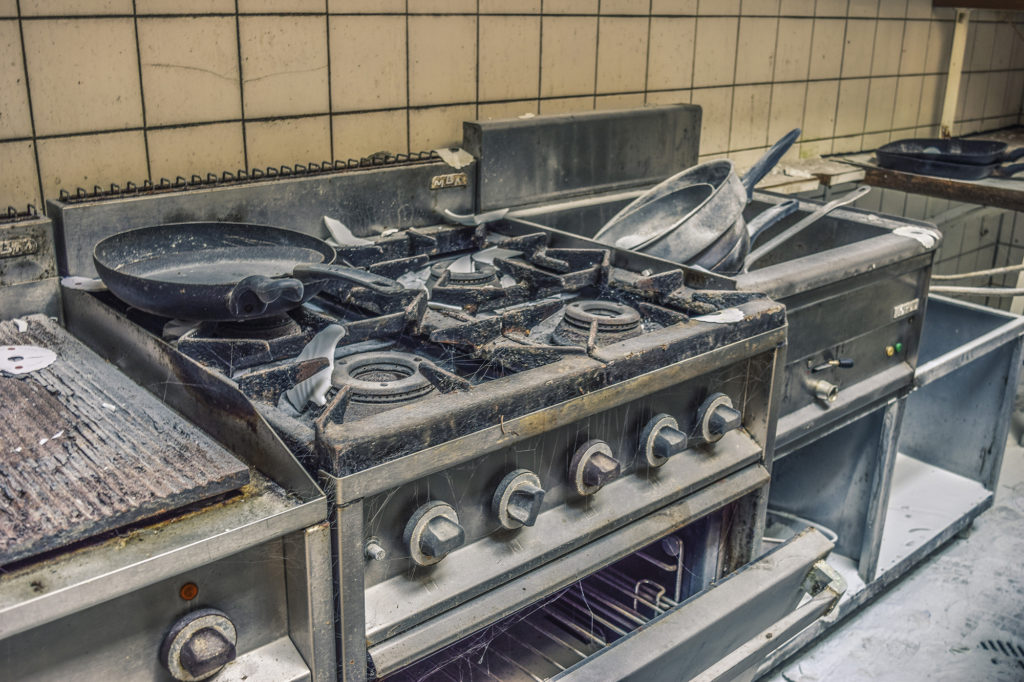15 Tips to help you create a more eco-friendly kitchen design
Here at Koivu we like to do what we can to look after the environment. It’s an important part of our brand ethos, and it’s important to us on a personal level too. We don’t just say we’re environmentally friendly, you can see it in everything we do, from our products to the way we operate our business.
And when it comes to designing kitchens for our lovely customers, we like to impart our words of environmental wisdom and include lots of eco-friendly touches where we can.
But what if you’re designing your own sustainable kitchen? Well, we’ve got plenty of tips to help you make sure it’s just that little bit greener. And we don’t mean in terms of your choice of paint colour!

1. Make sure that your overall kitchen design makes it easy for you to recycle
Incorporate a recycling station, or separate bins into your design, perhaps in a cupboard under the sink or a deep drawer in your island. The idea is to create a recycling habit that you’ll stick to.
2. Dispose of food waste rather than sending it to landfill.
One way to easily dispose of food waste is to install a waste disposal unit, however these can use a huge amount of water to work properly. Instead allow for a caddy bin under your sink that you can then empty into a compost heap in the garden.
3. Choose a fridge with a cold drawer.
A fridge with a cold drawer helps to prolong the life of fruit and vegetables and reduce food waste.
4. Choose energy efficient appliances.
When you’re choosing water-thirsty machines such as a dishwasher or washing machine, make sure you choose energy efficient models. While these may seem a little pricier up front, you will save costs in terms of the energy used to run them and you’ll be doing a good deed for the planet too.
5. Consider underfloor heating.
Laying underfloor heating is an energy-efficient way of heating a room, and feels wonderful underfoot when you head downstairs to make a coffee on a chilly winter’s morning.
6. Only replace your kitchen when it’s absolutely necessary.
Modern kitchens are generally designed to last 7-8 years, with people often replacing them because they moved house and the new kitchen isn’t to their taste, or simply because they fancy a change. Instead consider replacing only the doors or worktops to ‘upstyle’ without the waste.

7. Try to sell on your kitchen/appliances.
If you do decide to replace your old kitchen, but it has plenty of life left in it, try to sell it on, or at the very least your appliances if they still work. Anything that doesn’t have to go to landfill can only be a good thing, and you may even end up with some extra pennies to put towards creating your dream kitchen.
8. Recycle packaging.
When choosing your kitchen provider, ask prospective companies about the packaging they use and make sure it will be taken away and recycled.
9. Look for floor coverings made from sustainably sourced or recycled materials.
You could visit reclamation yards searching for reclaimed tiles, or alternatively choose one of the many eco-friendly options on the market today. Try The Colour Flooring Company for eco-certificated rubber flooring, said to be one of the greenest options available. Or if you’re keen on wood, make sure it is sourced sustainably and FSC certified. The Solid Wood Flooring Company, with showrooms in London and The South West offers some great, reasonably priced options. Whichever flooring you choose, make sure it will last a long time and not end up in landfill in a few short years.
10. Use eco-friendly materials for the bulk of your kitchen – your carcasses and worktops.
Farmed plywood is a great choice, tree stocks are continually replenished, it’s extremely hard-wearing meaning it’ll last a lifetime, and it gives off the lowest VOC emissions of all kitchen materials on the market today. Plywood kitchens can also be extremely beautiful – check out our gallery for inspiration and find out more about why we love plywood.
11. Where possible use local contractors.
Local contractors won’t have to drive miles to get to your house each day.
12. Choose suppliers who support your green ethos.
When you’re choosing peripherals like tiles, lighting and dining furniture make sure you find out about the companies you’re buying from and choose those who support your green ethos. Plan lighting schemes so you won’t need to use all the lights all the time. You can do this by zoning – having a separate switch of each area of lighting. That way, when you’re preparing food you can use the under-unit lights to illuminate your chopping board whereas when you’re eating you can use the pendant lights over your table.
13. Choose VOC free paint to reduce toxins from off-gassing.
VOC free paint is particularly important if you have children living in the house. Many of the larger brands now offer VOC free paint alternatives to the main product lines, but there are plenty of specialist providers too. Try Little Greene and Farrow & Ball for enviable eco-credentials and non-toxic paints that are all-natural and safe for little lungs.
14. Plan lighting schemes so you won’t need to use all the lights all of the time.
You can do this by zoning – having a separate switch for each area of lighting. That way, when you’re preparing food you can use the under-unit lights to illuminate your chopping board, whereas when you’re eating you can use the pendant lights over your table.
15. Include some plants in your interior scheme.
Plants help with air purification as well as creating a more pleasant environment that can be beneficial to your mental health.
If you’d like some help to design a more sustainable kitchen, or if you’d like to find out more about our beautiful birch plywood kitchens, please don’t hesitate to get in touch.





